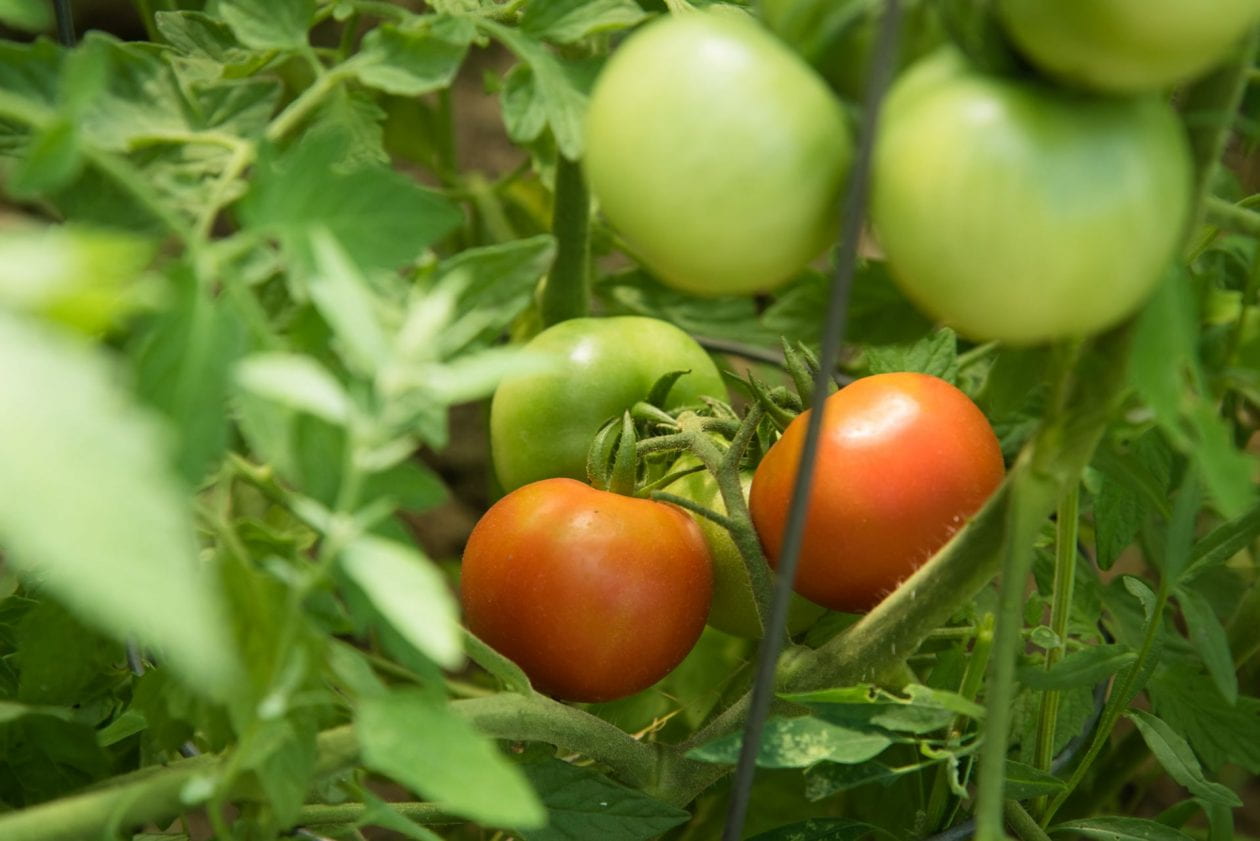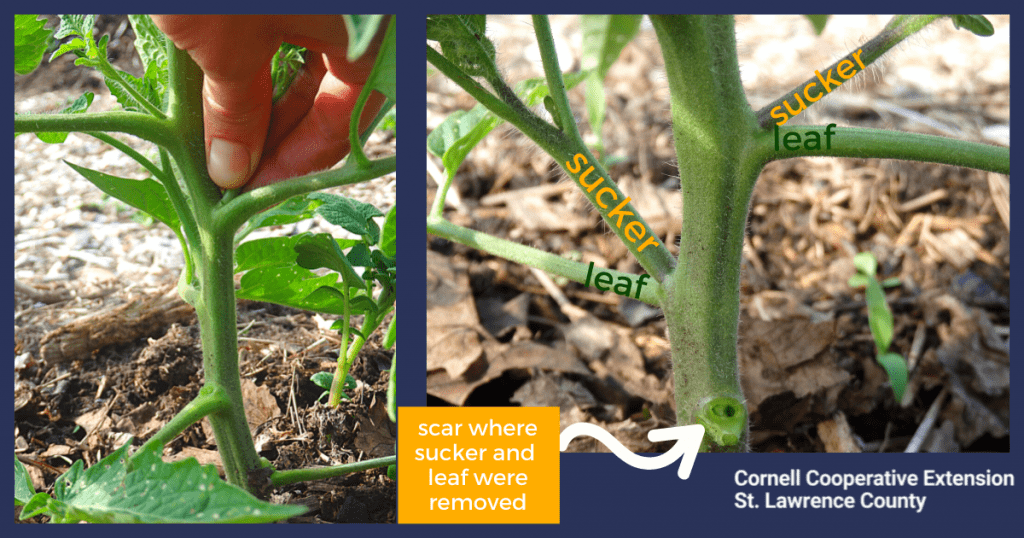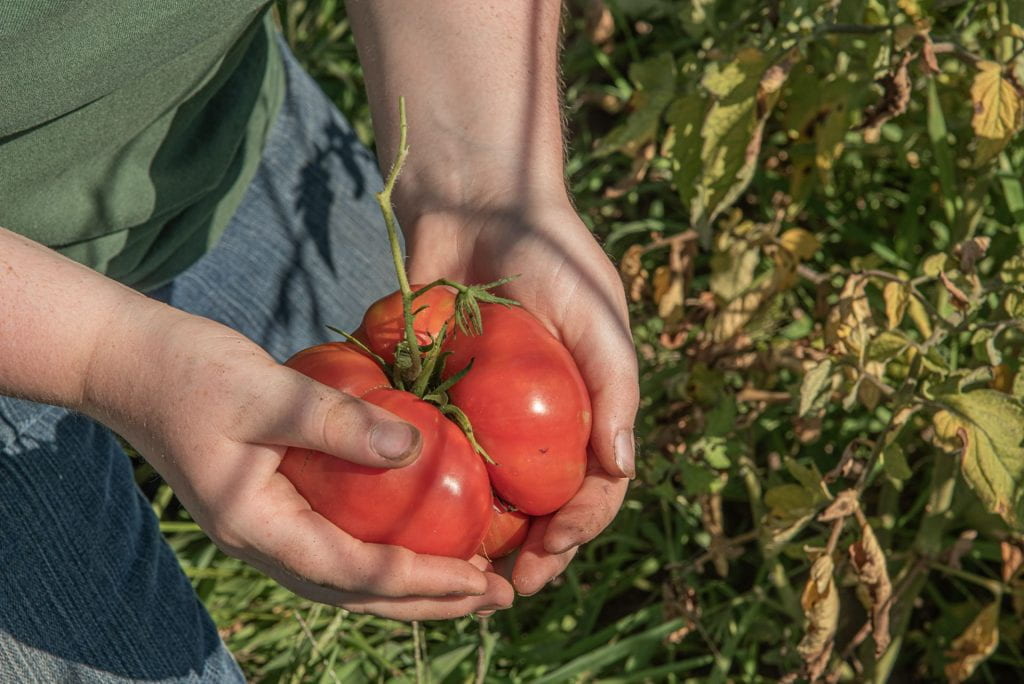Have you considered adding an eCommerce platform as a sales channel for your small business? Perhaps you’re eager to reach new customers or have better online visibility. There are many moving parts to consider when choosing an eCommerce platform that best suits you and your products. Thankfully, there are many resources to help get you started.
We like the chart developed by the CSA Innovation Network because it takes a very complicated landscape of choices, and helps entrepreneurs clarify their needs. Once you’ve done that, it’s possible to eliminate platforms that don’t achieve your goals. Researching the answers to these questions will set you well on the path to finding a solid eCommerce solution for you.
(chart found through thelandconnection.org, click chart to zoom)

If you enjoyed this chart, check out the Farmer to Farmer Exchange eCommerce Platforms Report.
Deciding on a platform for your business can be daunting, but the Local Foods team at CCE St. Lawrence County can help to point you in the right direction. Stay tuned to learn more about the new Ag and Food Producers Academy we are offering this winter which will cover business development and marketing skills.
Lauren grew up in neighboring Vermont exploring and loving the green mountains and vast landscapes. Her undergraduate degree made her appreciate the communities that surround local foods and a Master’s Certificate in Food Studies from the University of Southern Maine made her want to pursue a career in the food system. In 2021 and 2022, she was the Local Foods Marketing and Development Educator for Cornell Cooperative Extension of St. Lawrence County.



